
Mapping your Risk Journey: A Comprehensive Guide
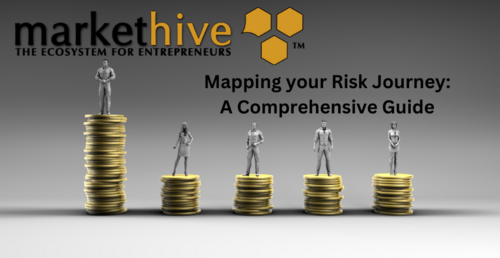
Investing requires consideration of a number of unique personal factors, starting with how much profit you aim to make and the time period in which you want to achieve this. These goals will directly impact how much risk you take on in your planned investment journey.
For example, someone close to retirement has a different risk profile than a person starting their first job. The retiree wants to preserve wealth for the years to come when their lifetime investments will be their only source of income, while the person starting out their investment journey might be more interested in higher returns, but they are able to take on more risk as their investments have more time to ride out the ups and downs during many market cycles to come.
It’s a tricky business figuring out how much risk you should take on in relation to your goals and your personal preferences, but here are a few guidelines to help you adapt your investment strategy accordingly.
Key factors that affect investor risk appetite

The longer your investment timeframe, the longer your investments have to recover from market downturns but also ride the upswings when they come.
“The longer the time horizon, the more aggressive you can be,” says Denis Poljak, a CFP with Poljak Group Wealth Management. Time horizons have a significant impact on the amount of risk an investor can take on.
Short-term goals generally require a more conservative strategy given the limited time your investments have to recover from downturns in the market, and the opposite is also true.
Think of your investment goal as cooking a hearty meal. The more you crank the temperature on the hob, the quicker the food will cook but there’s also an increased chance of burning or overcooking the dish.

All investment portfolios are diversified to spread the risk across a number of investments, but an investor’s personal goals will decide how big a portion is allocated to riskier investments that have the potential for more returns but are also considered riskier.
On the other side of the coin, more modest goals will mean that a portfolio is made up of stable investments with less potential for returns but with less risk attached to them.
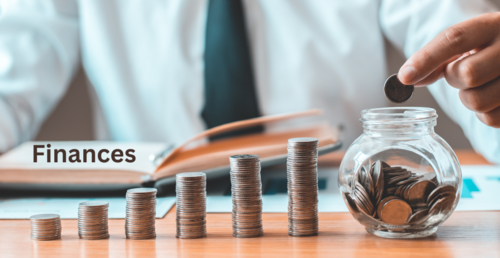
How much money you earn and have at your disposal will decide how much you can put away towards your investment goals. An investor with a larger amount of disposable income will also be able to take on more risk.
Various academic studies have shown this correlation. “Higher income individuals have enough resources to meet essential commitments. Since they invest surplus money they have a greater capacity to incur risk,” one study found. The same study, citing various other studies, concluded that “there is a positive relationship between income and the level of risk tolerance.”
The thing is, you don’t have to wait until you have a large amount of money to put away to start investing. Many experts say the amount to invest after tax is usually around 15%. “Ideally, you’ll invest somewhere around 15%–25% of your post-tax income,” Mark Henry, founder and CEO at Alloy Wealth Management, told Forbes. But, again, it depends from person to person. It’s about prioritising your financial needs and seeing how much you can invest without jeopardising other financial commitments. Monthly bills, debt repayments and stocking up an emergency fund should all be factored into these investment decisions.

There’s a saying in finance that if your investments are keeping you up at night, it’s time to derisk your portfolio. In other words, if you’re constantly worrying about downturns in the market to the point that you’re losing sleep, it’s probably time to dedicate a bigger part of your portfolio to investments that are less prone to market volatility, whether it’s in crypto, stocks, or other markets.
While market movements are generally short-term and riskier investments like stocks have historically recovered in the long run, certain investors are just naturally more prone to worry while others are less affected by these short-term fluctuations.
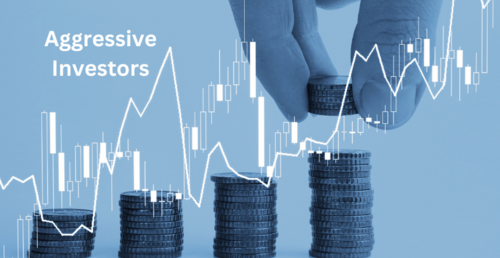
Capital appreciation is the name of the game when it comes to an aggressive investment portfolio.
The Corporate Finance Institute gives an example of an investor that follows an aggressive investment approach, allocating, say, 75% or more of their portfolio to stocks, with the rest made up of investments such as bonds that are less exposed to market volatility.
Some financial advisers have also started looking at allocating a small part of a diversified investment portfolio to crypto. Forbes Advisor referenced a CFA Institute Research Foundation report that looked at the impact of Bitcoin on a diversified portfolio between January 2014 and September 2020. “Over this period, a quarterly rebalanced 2.5% allocation to Bitcoin improved returns from a traditional portfolio by nearly 24%,” the publication reported.
“Roughly 15% of family offices worldwide already have some form of exposure to crypto,” according to a survey by Goldman Sachs. The family offices Goldman refers to here are wealth management firms specialising in family-related investment matters, including asset allocation and tax matters, among others. Just over half of the family offices Goldman surveyed this year said they were considering investing in crypto in the future.

This moderate approach is also known as a balanced strategy. “A balanced strategy refers to a portfolio allocation approach that attempts to strike a balance between risk and return,” as noted by Moneyzine. “Balanced investment portfolios typically contain a mix of equities as well as fixed income securities.” Investors with a moderate level of risk usually balance their riskier investments with safer investments like bonds or cash, which are more focussed on wealth preservation.
“The goal is to balance out opportunities and risks,” says financial adviser Justin Pritchard of Approach Financial. “Clients often say, ‘I want high returns with a low level of risk’ (usually they’re half-joking). Unfortunately, that’s impossible. Diversification can certainly improve your chances, but you ultimately need to decide if you want to prioritise one over the other (or if you’re happy with a moderate level of risk),” he explains.
A balanced portfolio may be split down the middle with equities and bonds, explains Robin Bowerman, head of Corporate Affairs at Vanguard Australia, in a blog post.
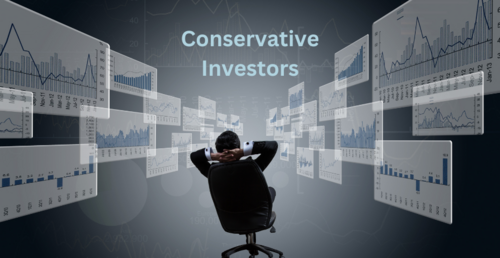
Investors who want to preserve wealth may favour a conservative investment approach weighted towards bonds and cash, with about half of the portfolio made up of bonds and the rest made up of equities and cash, according to Forbes.
Discovery’s conservative investment fund in South Africa, for example, aims to provide returns that beats inflation (4-6%) plus 2%, with a 5-year benchmark of around 6%.
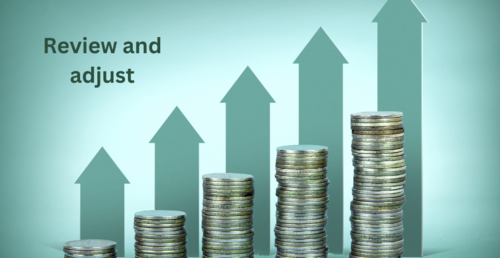
Investing is an ongoing process that requires regular review and adjustment. “The number one success factor, in my view, is not intuition, talent or even luck,” says Dirk Steinhoff, Chief Investment Officer at BFI Capital, a Swiss wealth management company, in a post on the company’s website. “It is the adherence to a clearly defined and continuously improved investment process.”
Did you find this useful?
To Invest in Crypto, click HERE
Please note that the information below is not intended nor does it constitute financial or investment advice. Before making any decision or taking any action regarding your finances, you should consult a licensed Financial Adviser. The information and content provided below is provided as general information. While every care and effort has been taken to ensure the accuracy of the information provided, we do not guarantee the suitability, accuracy or potential value of any information provided below.
.png)
About: Andries vanTonder
Over 40 years selfemployed
He is a Serial Entrepreneur, an Enthusiastic supporter of Blockchain Technology and a Cryptocurrency Investor
Find me at my Markethive Profile Page | My Twitter Account | My Instagram Acount | and my Facebook Profile.
